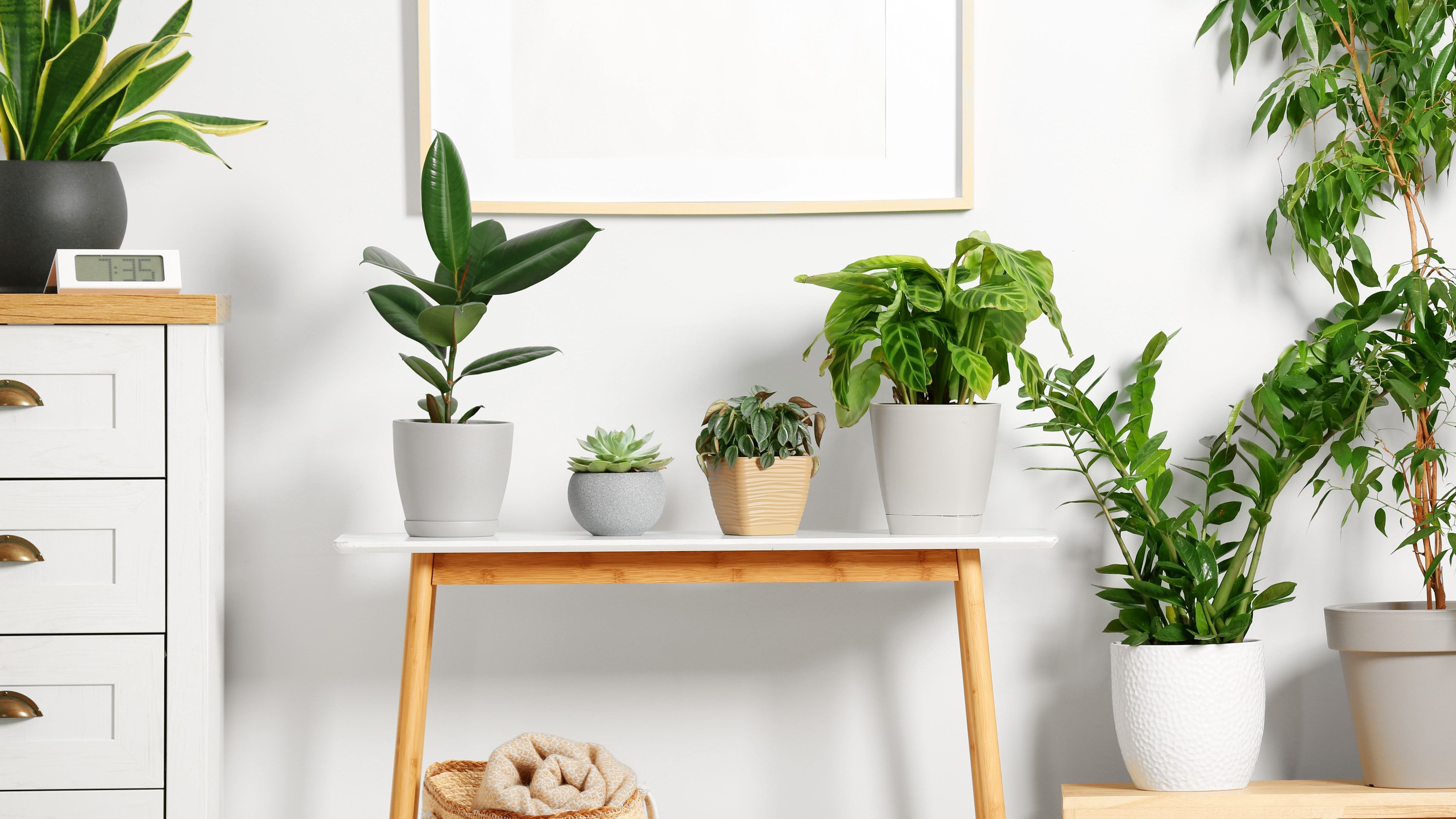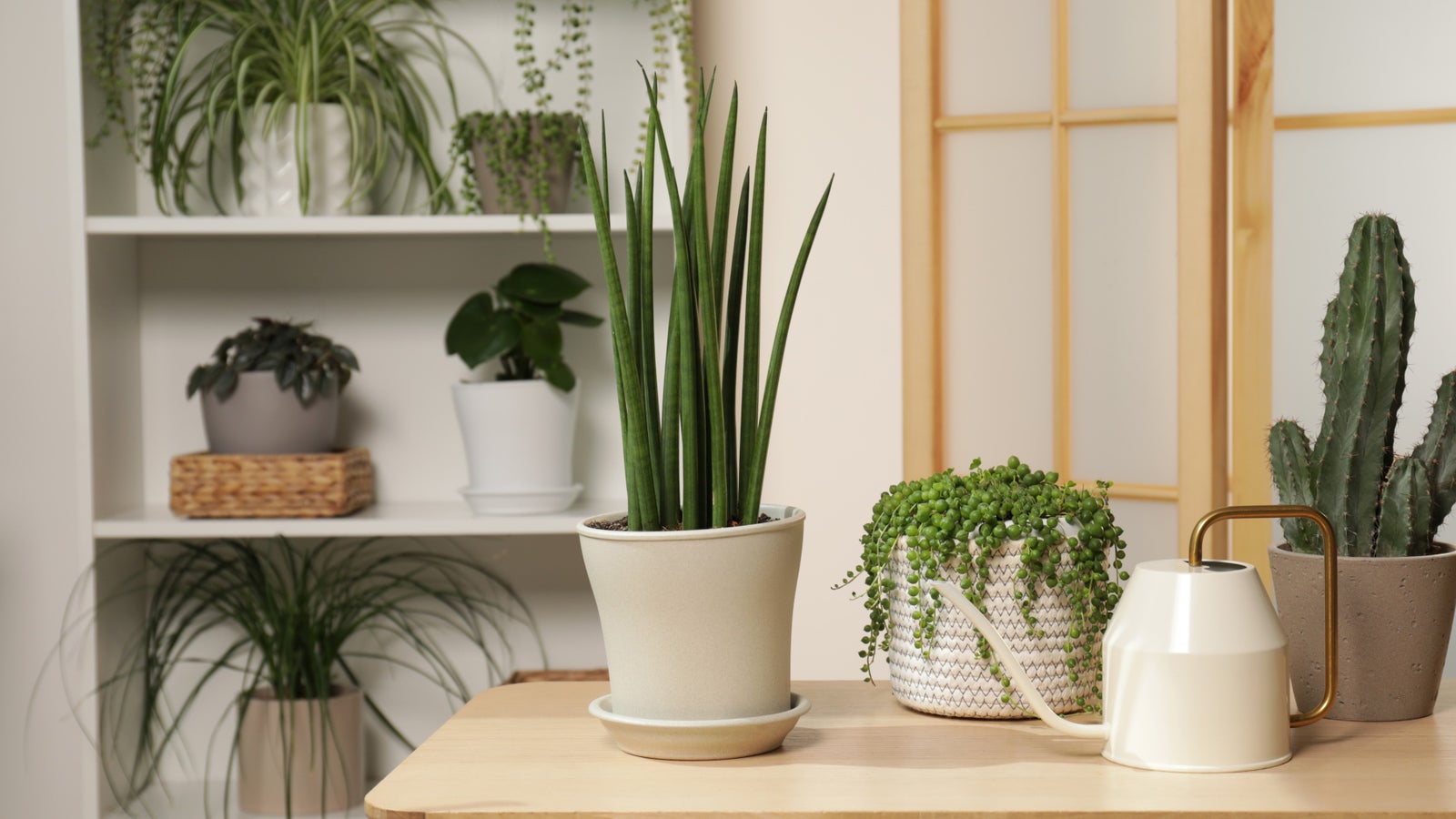
Spring into Action with our Houseplant Tips
03 Sep, 2023
Does My Houseplant Need Repotting?
Check for roots peeking through the drainage holes, slow growth, or quicker drying after watering – these are signs that your houseplant may need a new home.
Newly bought plants usually don't need repotting right away, especially if they come with tags that recommend waiting. Some indoor plants such as moth orchids, anthuriums and peace liliies love being cozy in their pots, so don't rush into upsizing, as they might struggle to bloom until they grow bigger.
Repotting 101
1. Prepare your new pot
Choose a new pot that's up to 5cm larger or the same size as the current one, but avoid going too big to prevent overwatering. Prepare the new pot with a free-draining mix, like Kings House Plant Mix, and add a layer at the bottom for your plant's roots to grow in.
2. Remove plant from pot
For rootbound plants, a quick flush of water can help loosen the roots. Trim any overly long roots if needed. For new plants, gently squeeze the plastic pot to loosen the soil, turn it upside down with one hand secured around the top of the soil, and gently pull the pot away from the soil and plant.
3. Add your plant and soil
Place your plant in the new pot at the appropriate depth, ensuring there is about 3-4cm of space between the top lip of the pot and the soil level. Gentle fill in the new mix around your plant, but only up to where it was sitting before – above the roots but below where leaves are growing out of the stem. Water deeply after planting, and wait for about a month before feeding with liquid plant food.
Spring Indoor Plant Care Tips
Spring has arrived, and it's the perfect time to show your indoor plants some extra love! With longer days and warmer weather, their growing season is in full swing, and you'll notice new growth all around.
Here are some spring care tips to keep your indoor plant babies growing well:
Watering
As the weather starts warming up again, your plants will need a little more hydration. Check the soil's moisture level with a moisture meter or by sticking your finger into the soil to see if it’s damp. Give your indoor plants a good drink when the soil feels slightly dry, but remember not to overwater – they don’t like soggy roots!
Position
Find a spot with bright, indirect sunlight so your plants can enjoy the sunshine without getting burnt. Consider their preferences – some plants, like cacti, like some direct morning sun, while others, such as string of pearls, prefer a more shaded corner. If you have a vining plant, place it on top of a bookshelf, fridge or a tall cabinet and let its lush foliage cascade down.
Fertilising
Spring is here which means regular fertilising can resume. Use a liquid fertiliser, such as Kings House Plant Liquid Food, every four to six weeks for a quick nutrient boost. If you want a slow-release option, try Kings Slow-Release House Plant Food, applying it once in spring and again during summer.
